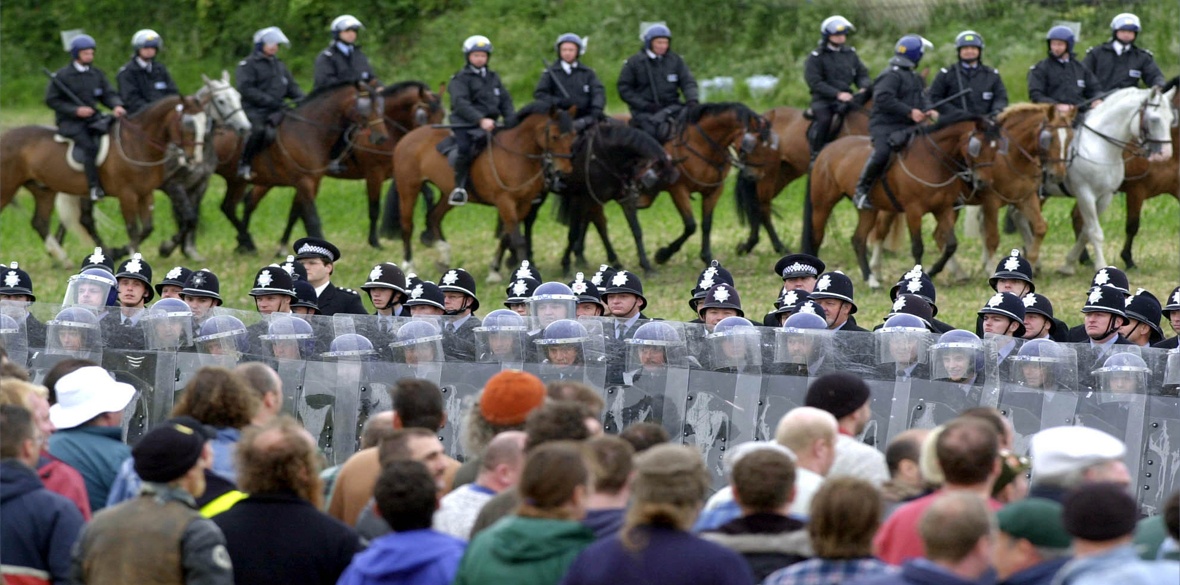This is the last article you can read this month
You can read more article this month
You can read more articles this month
Sorry your limit is up for this month
Reset on:
Please help support the Morning Star by subscribing here
TWO recent government reports provide plenty of food for thought for trade unionists in the business of working out effective union organising and industrial strategies.
Labour disputes in the UK: 2018 is an annual analysis by the Office for National Statistics (ONS) of labour disputes including working days lost, stoppages and workers involved.
The 273,000 working days lost to strike action last year was the sixth-lowest total in the past 127 years when official records began.
It stands in historical comparison with the 162.2 million days lost in the General Strike of 1926, the 27.1 million days lost during the great miners’ strike in 1984 and the 1.4 million days lost in 2011 — the year of public-sector pension strikes and the industrial action high-water mark of the 21st century to date.
Over 60 per cent of the 273,000 strike days came from a single stoppage across 65 universities in defence of occupational pensions.
The next largest stoppage accounted for only 7 per cent of the total and excluding education only 26,000 days were lost to disputes in whole of the UK public sector.
There has been a remarkably low level of industrial conflict in the final phase of a decade of government public-sector pay restraint.
The first and most comprehensive legislation of the short-lived Cameron government of 2015 was the Trade Union Act 2016.
The repressive balloting regime, in particular the 50 per cent turnout threshold for lawful industrial action came into effect on March 1 2017.
Early indications from the 2018 ONS analysis (as well as subsequent developments in 2019 when significant national ballots failed to meet the onerous 50 per cent voting requirement) are that a successful lockdown of mass industrial action has been achieved.
How else to explain only 38,000 workers being involved in labour disputes and a mere 88 stoppages? Both the second-lowest since records began in 1893 and 1930 respectively.
The Trade Union Membership: Statistical Bulletin, published by the Department for Business, Energy and Industrial Strategy, provides ONS estimates of trade union membership based on the 2018 Labour Force Survey.
It is not to be confused with the statutory membership returns which individual trade unions submit every year to the state regulator (certification officer).
The report is a mine of information and the headline statistics give some comfort to the trade union movement with an estimated net increase in membership of 103,000 (to 6.35 million) in 2018.
This arises from a 149,000 increase in public-sector membership offsetting a decline of 47,000 in the private sector.
A slight 0.1 per cent growth in overall union density (up to 23.4 per cent) is tempered by a fall of 0.3 per cent in the already sub optimal 13.2 per cent density in the private sector.
Given that 85 per cent of the workforce is employed in the private sector, this is an alarming trend.
We have a paradoxical situation where relatively high (52.5 per cent) union density in the public sector is not translating into collective action, not least because of the new legal straightjacket.
The consequential depression of earnings in the public sector is laid out plainly in the report. The trade union wage gap has fallen to a record low of 11.6 per cent for public-sector workers down from 16.9 per cent in 2017.
The communist industrial relations expert and sociologist Vic Allen wrote that “there has developed a myth of achievement whereby unions have an illusion which magnifies fractional changes in wage rates or marginal improvements in employment conditions into resounding successes” (Militant Trade Unionism, 1966).
The modest but welcome rise in membership should not be allowed to mask the downward spiral in union membership and collective action across large swathes of the British economy.
Only a serious embrace of co-ordinated and systematic organising in the barren lands of the private sector and smarter decentralised industrial action strategies (this side of radical changes in labour law) can reverse the deep-seated inexorable trends of decline.
This article first appeared on the Trade Union Futures blog (tradeunionfutures.wordpress.com).











